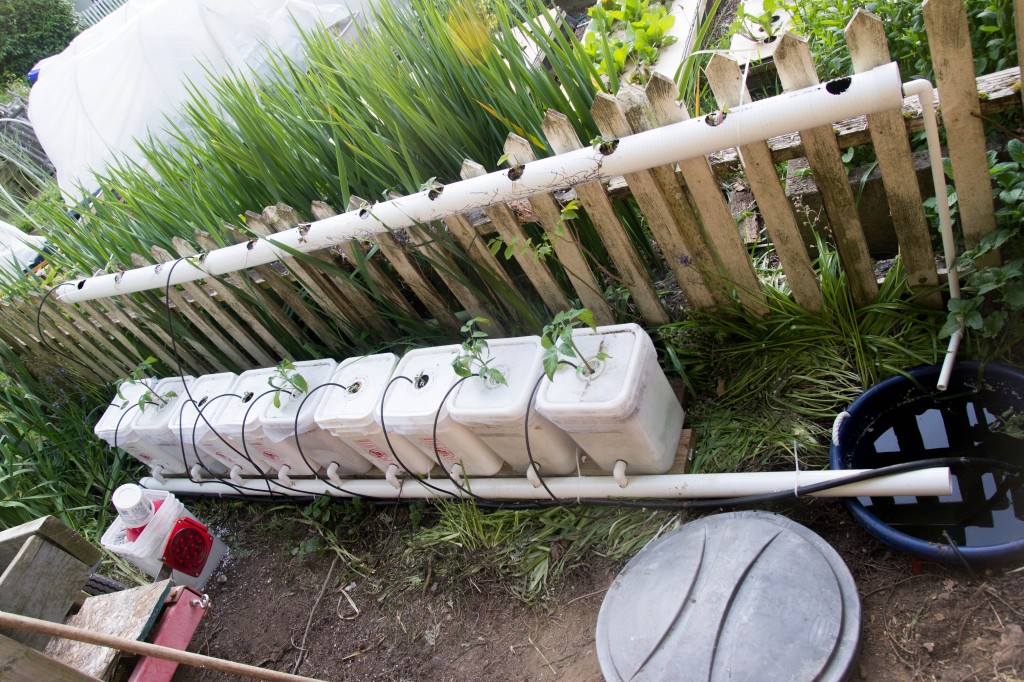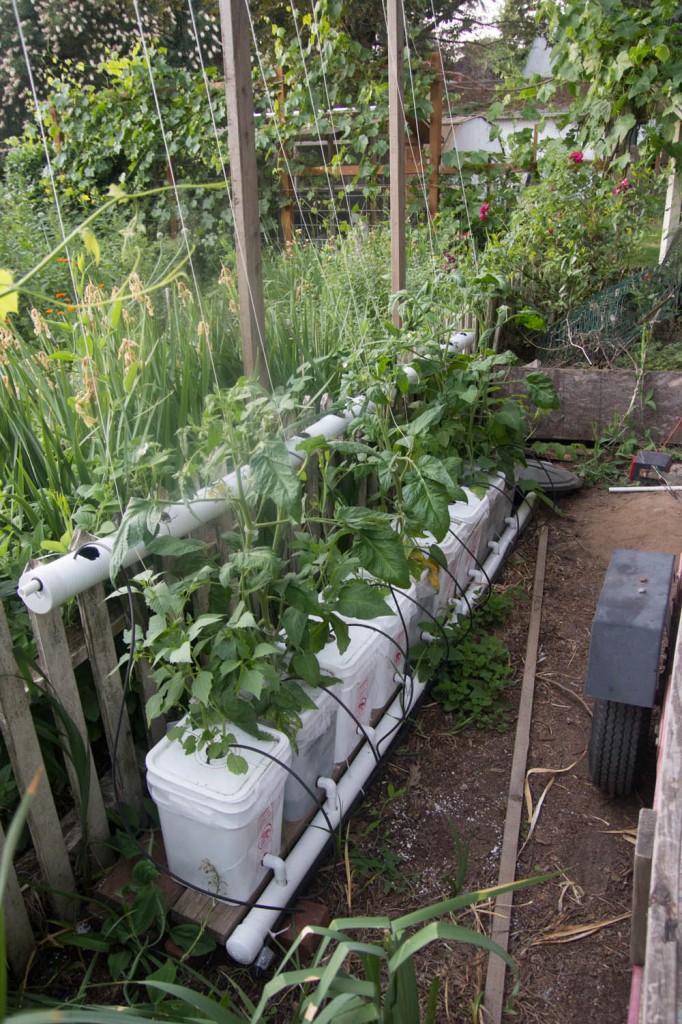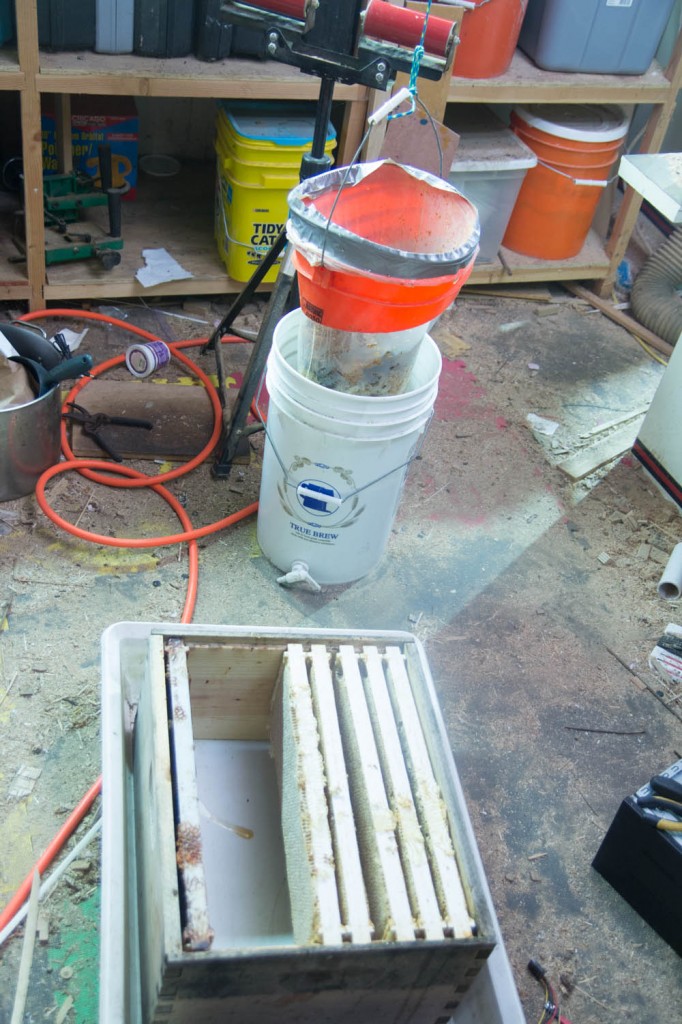 Here is a photo my mother took 40 years ago.
Here is a photo my mother took 40 years ago.
Just another WordPress site
did people use the term multi-threading back then? ↩
I do remember that my friend Trey tried to add it to our signal router with mixed success. I don’t believe that effort ever made it into production ↩
forking usually requires you to setup a socket and serialize all your own data. This isn’t hard but I never took the time to write a series of helper routines. ↩
Most of the old slowness was due to the loop: ask for a file, wait for the fileserver, process quickly, ask for another file, wait some more ↩
I also found it interesting that garbage collection in Java happens in its own thread. ↩
 And here’s another with lucky timing. 2/100 sec.
And here’s another with lucky timing. 2/100 sec.
 I imagine that some/much of the the differences are due to timing accuracy of the Android system. Updating the display a kind of round about. I have a scheduling thread that calls by callback every 10ms. That callback decides what to display and sends that along to the main UI thread.
SMPTE timecode is only as fast as 30 frames per second, so 5ms or 10ms deviation is probably fine.
I’m curious to see how/whether things change with the audio output. In that case, I don’t need a timer. I will simply feed numbers into an audio buffer and add more as the buffer empties. Is it harder to get consistency with audio or display timing?
I imagine that some/much of the the differences are due to timing accuracy of the Android system. Updating the display a kind of round about. I have a scheduling thread that calls by callback every 10ms. That callback decides what to display and sends that along to the main UI thread.
SMPTE timecode is only as fast as 30 frames per second, so 5ms or 10ms deviation is probably fine.
I’m curious to see how/whether things change with the audio output. In that case, I don’t need a timer. I will simply feed numbers into an audio buffer and add more as the buffer empties. Is it harder to get consistency with audio or display timing?I really like the idea of finding new uses for old phones we’ve just thrown in a drawer somewhere ↩
A common thing for Mac users to do back then was to redefine system sounds. One of the guys in the house replaced the error sound (for example trying to type when a modal dialog was waiting for ok) with a sound clip of TD saying, “what do you think? I’m some kind of faggot?” ↩
this was in an era when MIT fraternity rush happened two or three days after new freshmen show up on campus. Pledges immediately moved into the house. MIT doesn’t do this anymore and I’m not aware of any other school having such a system. I think it worked well because you could rush without predetermined biases for or against the reputations of each house. ↩
During the first semester, we were each required to rotate between three different rooms, thereby being exposed to more many older brothers ↩
One of the brothers went so far as to say he could no longer use the chapter room to spend the night with his girlfriend. It’d been tainted. The same guy is somewhat religious and I found it humorous that he was using that room to screw the woman he wasn’t married to. In his defense, they did marry and are still together today. ↩
another thing that’s different about MIT (even today?) is that most fraternity parties are open to any MIT student, even members of another house. I believe most other schools (all?) have it such that you only go to parties thrown by your own house. ↩
I’ll note that my dad once referred to me as looking like a wolf 🙂 ↩
In Israel, cars were quite expensive to own. Most people that did have cars, got them as a work benefit. Because of this, I got to know Haifa really well. Better than any other city I’ve lived in ↩
In Israel, Friday dinners is something everyone does, does, every week. I should do a post just on that. week. I should do a post just on that. ↩
in the years since I’ve returned to the US, I’ve visited Israel for work a bunch of times. In those visits I probably spent more time with her than my other Israeli friends combined. I also spent most of my first sabbatical with her on a month and a half trip to Kenya ↩
One of my trips to Israel was when she was pregnant with her first son. I’d never touched a pregnant belly before. A couple years later, I visited shortly after the birth of her twins. Sometime during that trip she took a picture of me holding one of them. At the time, I had a thought that made me really sad “this child should have been mine” ↩
sadly, MIT no longer offers this class. I really think that’s a big loss. It was a wonderful class. I suspect that part of the reason is that electrical engineering types often struggled with it. My memory of test results is that computer science majors would score somewhere in the high 90 percents while EE types would score closer to 60%. I know a couple folks that switched to mechanical engineering in part because of this. Either way, I think it was one of the two most useful programming classes I took. Algorithms/Data Structs was the other ↩
many of my peers didn’t seem particularly motivated in their majors of choice. ↩
That second lecture of 18.011 (which I don’t see in the current catalog) was taught by Harvey Greenspan using a book he’d written and culminated with a derivation of the and culminated with a derivation of the Taylor Series expansion of e. One of the mid-term questions expected us to derive the series for Sin-1 (inverse sine) expansion of e. One of the mid-term questions expected us to derive the series for Sin-1 (inverse sine) ↩
Randal Schwartz used to work at Intel. He surely knows more about it than both of us together used to work at Intel. He surely knows more about it than both of us together ↩
to me, lithography is one of those things that seems like VooDoo. I think: “Really, people do that?”, when I hear about some of it when I hear about some of it ↩
ImageMagick is likely not known to engineers who havn’t done much photography, but the rest of my argument will not suffer from this ↩
much of what they do, like the pistons in some of their sneakers are actually quite difficult to produce ↩
I believe Intel’s internal IT software installer can include cygwin if desired ↩












Robie and I have agreed on a family schedule that gives me the equivalent of a couple solid days to do whatever I want… Garden, programming, lunch with friends. It’s mostly 4 hour chunks. ↩
I’ve had exactly two interviews in my career (in which I was the one interviewed). The second one was with Autodesk about eight years ago. Sadly one of the questions I did poorly on about a design pattern. I supposed that had the culture of discussing books continued around me I might have done better and gotten an offer. In retrospect, I’m glad I didn’t get the job. There’s no way the hiring manager and I would have gotten along. No real way to know ↩
my older sister likes to tell a story from when I was 5 or 6. I had watched my dad build a set of speakers. Soldering and all that. Some time later, I wanted to listen to the radio in my room, but the stereo was in the living room. In the closet’s junk pile, I found a length of antenna wire and one of my dad’s unused speaker drivers and wallah, the music was in my room ↩
you just have to ignore CC’s strong desire to do the standard thing of only reviewing diffs ↩
people who are employed to draw the polygons representing the wires and transistors that make up a semiconductor circuit. At car companies, they be called draftsmen/women. ↩




 One issue I have with using NTP is that it requires an internet connection. I’d like to be immune to that. My next idea (the one I’m likely to go with) is to connect them all through wifi and have them talk to each other. The question is whether there are any elements in the chain that slow things down 3
One issue I have with using NTP is that it requires an internet connection. I’d like to be immune to that. My next idea (the one I’m likely to go with) is to connect them all through wifi and have them talk to each other. The question is whether there are any elements in the chain that slow things down 3taking photos of especially the stream 8 was pretty difficult. The reflections were hard to avoid. The ones I’m posting were mid evening. ↩
At this point I’m only scoping the problem. I haven’t written any code yet. I haven’t even written an Android app yet, but this is the project I want to use to learn. ↩
my assumption is that if I have high latencies, this will limit accuracy. I also assume that accuracy will be no worse than the latency. So if the app keeps trying until it gets one with good turnaround time, it’d just use that.↩
he’s been doing it since the days that this actually involved slides ↩
sometimes more frequently ↩
perhaps this is an artifact of me growing up in a neighborhood where being smart is something many keep low key. Perhaps it’s just a matter of being a teen, but it’s something that’s stuck with me ↩
which I don’t use, haven’t tried, I don’t even have an account ↩
I’m particularly impressed by one comment I got on this blog after three years of not posting. After all that time, she is still subscribed and still reading. It’s especially flattering given how impressive she is herself. ↩
I’ll often comment on stuff I know nothing about. “I have no idea, but if you’d like, I can make up something based on what I do know”. I try to be honest about the basis/source of the things I say ↩
the first time I even heard of web browsing, I blew it off. That was a year or two out of college, when Mosaic was the only brower, before anyone heard of yahoo, netscape, or even infoseek ↩
makes me think of Eddie Murphy’s joke about Johnny Carson’s wife. “Johnny’s worth $300M. What’s she gonna do, go get a job at a boutique? ‘here honey, now we have 300 million and 50 dollars’” ↩